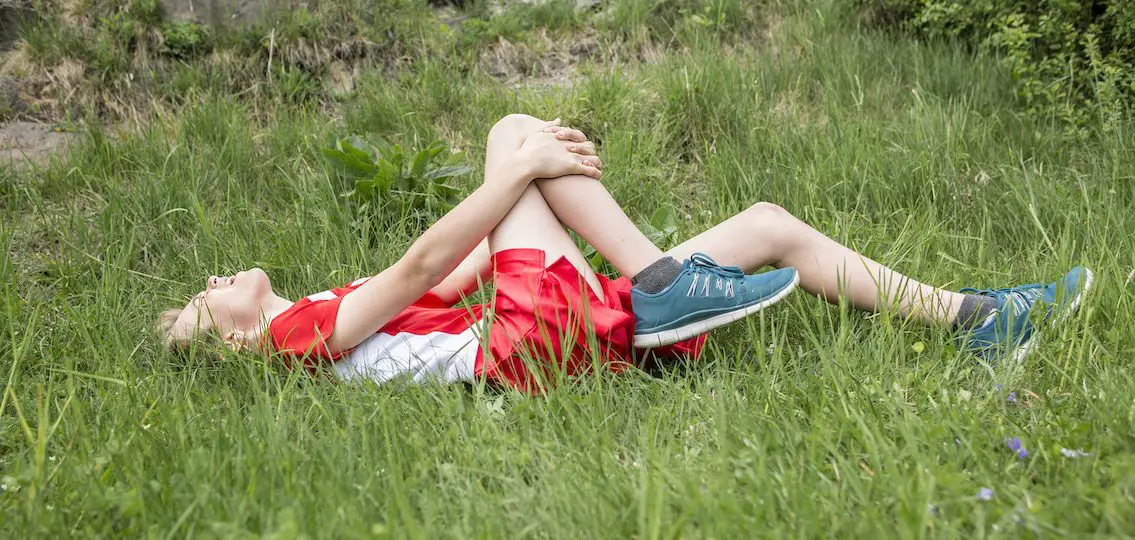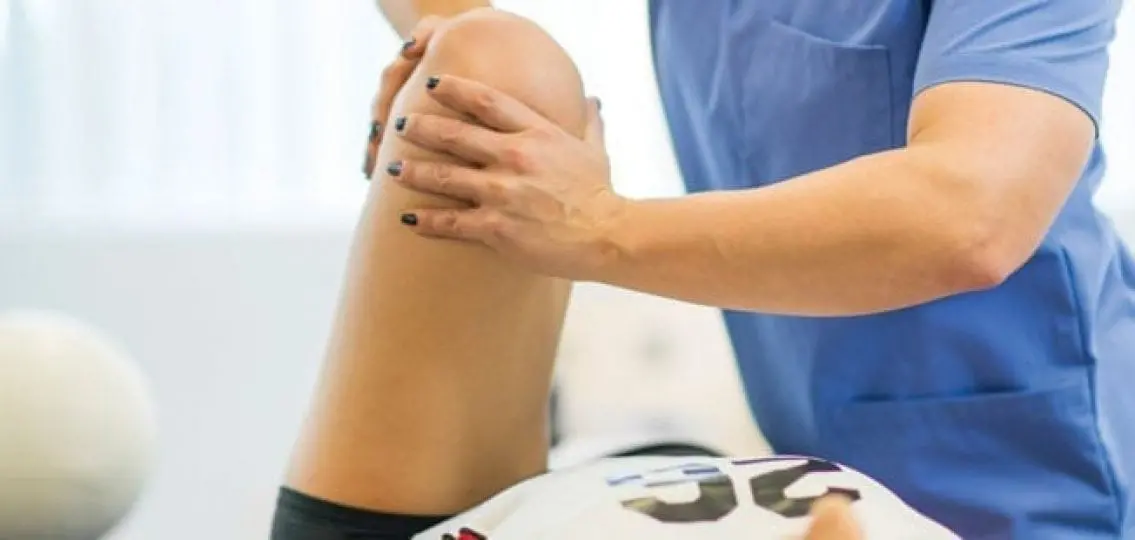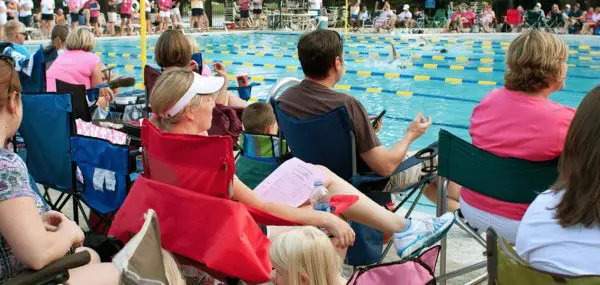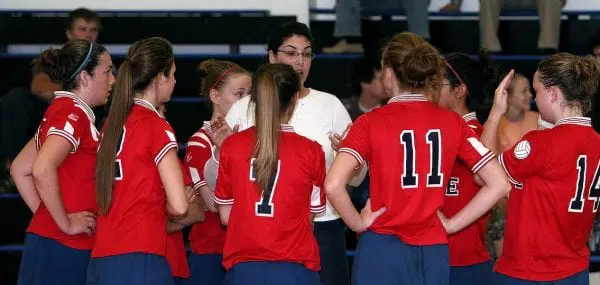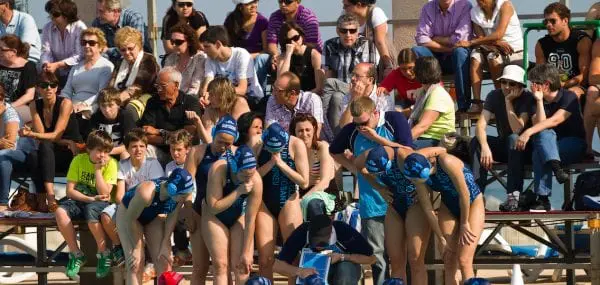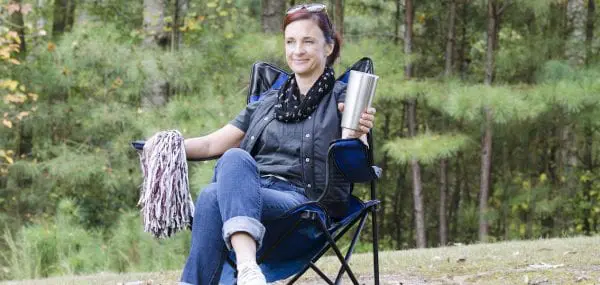Participation in organized youth sports in the United States is on the rise. According to the U.S. Centers for Disease Control (CDC), approximately 30 million children and adolescents participate in youth sports. Many children now start specializing in one sport early – playing year-round, joining competitive club or travel teams and participating in special training programs — believing they will be on the fast track to college scholarships or maybe even a pro sports career.
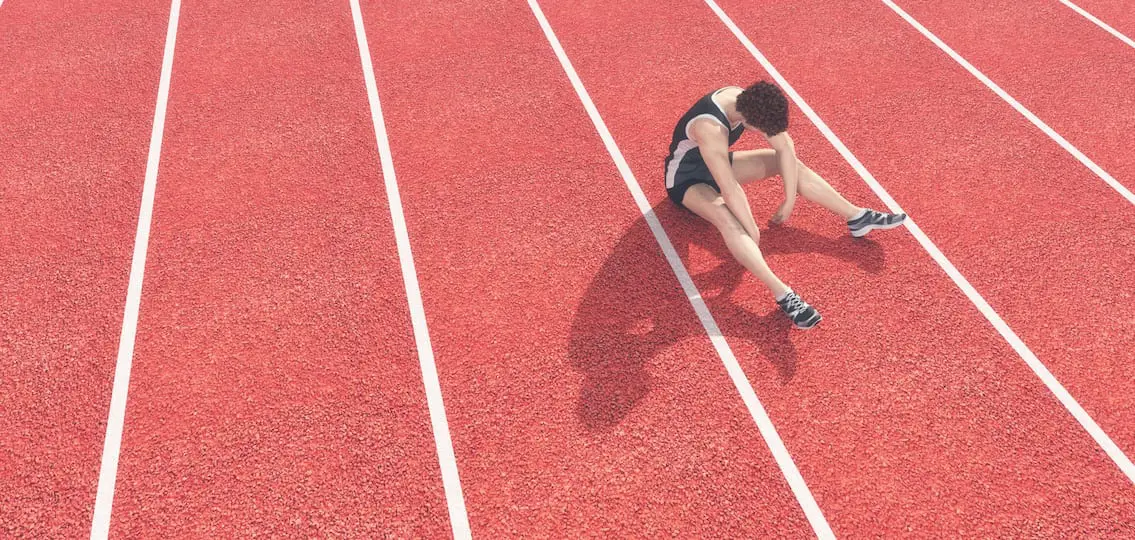
But for too many of these kids, that fast track leads straight to injuries, sometimes serious ones.
Early Specialization and Repetitive Use Injuries
No single sport is specifically to blame for the increase in kids’ sports injuries. Instead, experts suspect that choosing to play one sport all the time is leading to overuse injuries. These repetitive use injuries are occurring at increasingly younger ages, as early specialization in sports results in kids playing only one sport with longer seasons and training time.
“Repetitive use injuries occur when young athletes use the same joints and muscles in the same movements for eight months of the year or more,” says E. Lyle Cain, Jr., M.D., an orthopedic surgeon with the Andrews Sports Medicine & Orthopaedic Center in Birmingham, AL. “Any sport can produce an overuse injury. But some of the worst offenders seem to be soccer, baseball, swimming and gymnastics. They train an extraordinary number of hours, using the same movements over and over again. Because of this, the muscles have no time to recuperate.”
Overuse injuries are increasing for several reasons. Sports are much more competitive at an earlier age, which has led to earlier sport specialization. “Twenty or thirty years ago, it was very uncommon to play only one sport all year,” says Dr. Cain. There were parent coaches instead of professional instruction. Kids used to play a different sport every season. The seasons were shorter, and when the season ended, kids had time for free play and for throwing a ball around in the yard with their friends. “Now we see patients who are seven- or eight-year-olds who have a baseball season, then a travel season, then professional instruction after that. These kids are training for months and months with the same motions and muscles. They never get a day off.”
The Problems Of Early Sport Specialization
Why are kids training so much? “There is this mentality that we should treat our youth athletes like we do professional athletes, that the more hours of practice and training you have, the better athletes you’ll be,” explains Dr. Cain. As a result, even elite athletes are overtraining and getting overuse injuries. Early sport specialization can have an emotional and psychological cost, as well: young athletes are getting burned out, disinterested, and quitting because sports aren’t fun anymore.
Physical differences between adolescent and adult bodies are also partly to blame for repetitive use injuries. “The adolescent body is different than an adult body. The bones, joints and bone material are all still developing on a daily basis,” says Dr. Cain. Growth spurts can make kids vulnerable because their bones, muscles, and tendons are growing quickly and not always at the same time.
Overtraining can result in heel pain (known as Sever’s Disease), knee pain (Osgood-Schlatter Disease, an inflammation of the bone, cartilage, and/or tendon in the knee), and shoulder pain (Little League Shoulder, caused by stress to the arm bone nearest to the shoulder). These types of overuse injuries can affect a young athlete’s growth and development, and affect the growth plates in bones which can pull apart and must be surgically repaired. “We aren’t used to seeing these types of overuse injuries really much before college,” observes Cain. “Now we’re seeing these injuries two or three years earlier. I operated yesterday on a nine-year-old with a torn ACL. These injuries can have permanent consequences for these young kids.”
So how can you avoid having your young athlete getting repetitive use injuries? Here are four recommendations for parents:
1. You can’t “train” your kid into an elite athlete.
Understand you aren’t going to make your child into a pro athlete, or even a college athlete. Those elite athletes are born with a unique set of skills and abilities, and you can’t train your kid up to that level of natural ability.
2. Limit training.
If your athlete is participating in the same sport for more than eight months of the year, research indicates that there is significantly less chance they will play at the next level of competition. Playing year round leads to burnout and disinterest, and is also linked to increased inactivity as adults.
3. Encourage free play.
“So many of the kids I see with repetitive use injuries are so busy with school and sports and professional sports instruction. They have no time just to play with their friends,” says Dr. Cain. If you have one of these really gifted athletes with elite abilities, protect them from overtraining. Instead, ease off training. “If you have a son with a great pitching arm, let him do other things and play other sports and ease off the baseball. If you look at the kids who play in the Little League World Series, very few of those kids go on to success in college or the pros because they’re either injured or burned out so early.”
4. Listen to your body.
If you have a very driven athlete, or a coach with the mentality of “no pain, no gain” encourage your child to listen to his or her body. Pain is a sign of a problem. “It is not normal for a child to have pain when they participate in a sport,” says Dr. Cain. Trying to play through pain can lead to permanent problems. If you see your child in pain, pull them out, rest them, and get them evaluated by a physician.
